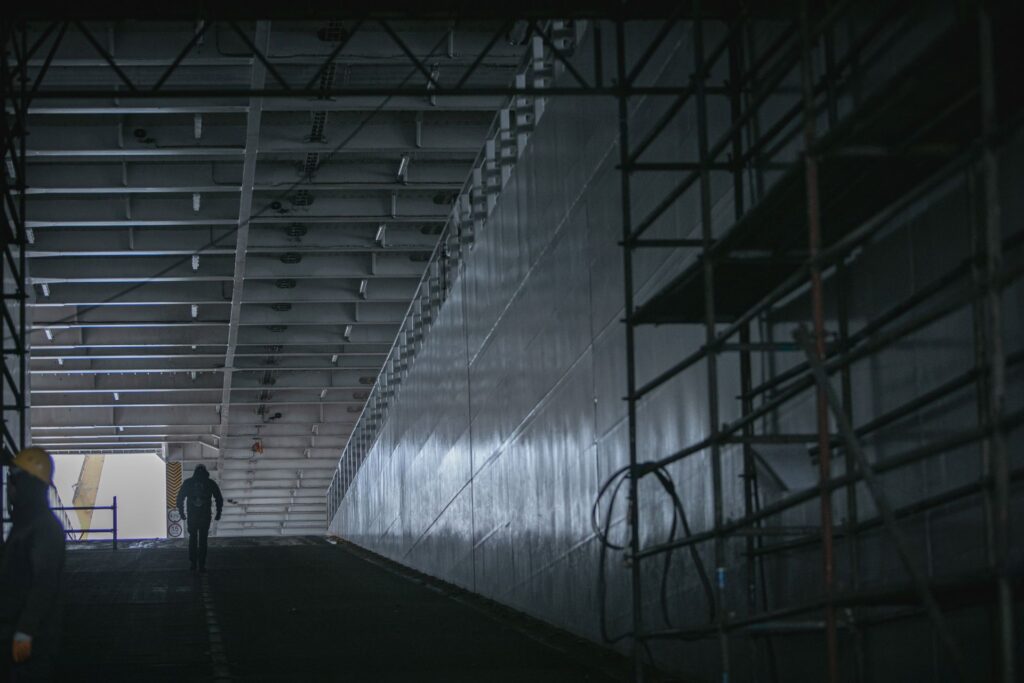Key Techniques for Testing Scrubber Wash Water to Meet Environmental Standard
Understanding Scrubber Exhaust Wash Water Testing: Ensuring Environmental Compliance
While we are still facing the problem of air pollution and trying out ways to control the negative effect of industrial activities, the aqueous scrubber systems are among the most significant solutions to it. These systems have been created specifically aimed at the separation and elimination of harmful exhaust gasses, through this using environmentally friendly gasses. Nonetheless, another component of operation of scrubbers that is which is any time not solutions is the test the wash water which is discharged from these system.
What is the actual purpose of this kind of testing of the exhaust air from the scrubbers, and why is this type of testing so vital? Now let me explain things in depth.
Elementary Trash Bombards Backwash Water.
Scrubber systems may be used to catch the pollutants in the exhaust gasses with the help of water or other liquid solvents e.g. ammonia. The captured pollutant is in solution form indicated as wash water and it is expelled from the scrubber system through the drain. While scrubbers main objective is removing pollutants from the air, the cleaning phase which usually involves washing also produces wastewater that could have high contents of chemical solids and salts.
The Importance of Testing
Testing the wash water from scrubber exhaust systems is critical for several reasons:Testing the wash water from scrubber exhaust systems is critical for several reasons:
Environmental Compliance: This refers to the environmental laws being made and the water pollutants being set with limitations on the percentage of concentration that can be released to the environment. The wash water test is one of the critical parts of the process that specifically monitors the scrubber system to confirm that the regulations were followed and appropriate limits are met hence no penalties.
Efficiency Assessment: The study of the makeup of the wash water leads to the conclusion of how good or unfit the scrubber system is in cleaning up the pollutants. The staff can control cutoff points within the structure by monitoring important parameters such as concentration of pollutants and pH levels. This method helps to determine which part of the system is making the most efficient use of power.
Environmental Impact: Every even minimal amount of discharge wash water gets a chance to influence marine ecosystems and water quality in case they are not well treated. Scrubber operations do not pose significant environmental impact. The evaluation measures discharged water quality and only accepts the minimum of standards.
The Testing Process
Exhaust wash water from the scrubbers is mainly the liquid used for the collection while laboratory tests are mostly to analyze the samples in a laboratory environment. Key parameters that are often measured include:Key parameters that are often measured include:
Pollutant Concentrations: Such pollutants are encompassed with the use of sulfur dioxide (SO2), particulate matter, heavy metals, and other substances as wash water.
pH Levels: The pH values of the wash water or deluge water have influence on the overall environmental effect and also on the efficiency of pollutant removal.
Turbidity: Latentness shows how dark the water is and could indicate suspended solids or other particles in it.
Biochemical Oxygen Demand (BOD) and Chemical Oxygen Demand (COD): The two types of tests describe the quantities of organic and chemical compounds present in the water, which gives indications about the impact on aquatic organisms.
The regular testing of exhaust water for the scrubbers is one of the essential tool of environmental leadership of the companies using the scrubbing process. Using regulation as a compliance mechanism, assessing the effectiveness of systems, and preventing negative environmental impacts are the testing criteria to encourage the young generations to sustain the environment, which protects the water and air resources. While the push for environmental consciousness grows stronger for industries, standardized testing procedures will always be available to use so that the hunt for cleaner and healthier places to live will still be possible.

